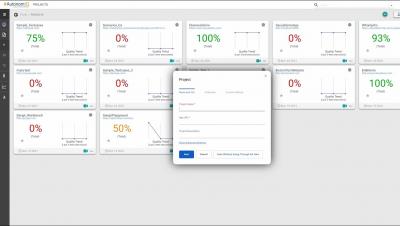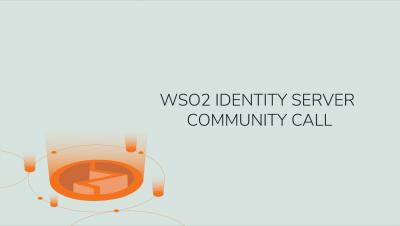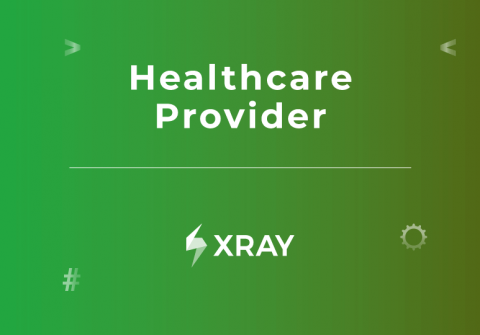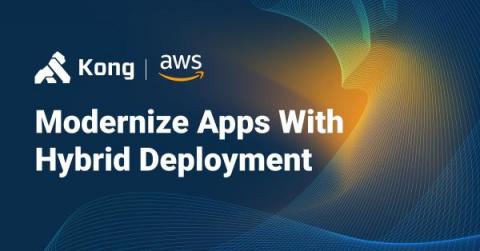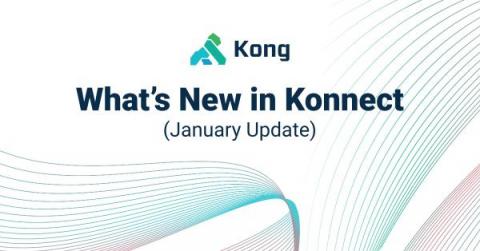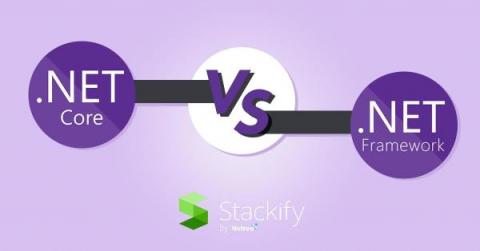Systems | Development | Analytics | API | Testing
%term
Low-code Automated Web Testing with Sauce Labs
Integrating WSO2 IS with Next.js and Meta Workplace - WSO2 IS Community Call - 1/27/2022
Learn how a Healthcare Provider implemented reliable traceability and increased efficiency by 73%
A leading company in the healthcare industry has been providing value and care to its clients worldwide for over 20 years. With more than 5,000 employees, this healthcare provider focuses on developing, manufacturing, and distributing continuous glucose monitoring systems for diabetes management.
Scale up your iOS automated UI tests
This blog post is a summary of my talk at the iOS Singapore Conference 2022 about scaling up iOS automated tests using fastlane and other tools.
Executive Director Reports: How to Write a Great White Board Report? (5 Examples for Inspiration)
Kong Data Plane Life Cycle With AWS Cloud Development Kit
From the modern application platform perspective, products should allow architects and DevOps teams to support dynamic topologies. That means a multi-platform capability is required but not sufficient. In fact, for several reasons, companies are looking for hybrid deployments to run their applications on several platforms simultaneously. Moreover, the topology should support and adjust for new and continuous architecture changes.
New in Kong Konnect: Support for Okta + More Portal Customization
In February 2021, we announced the GA of Kong Konnect, the first cloud native service connectivity platform that gives organizations the flexibility of protecting their API and service traffic while simultaneously taking advantage of 10x ops improvements via the cloud control plane.
.NET Core vs .NET Framework: How to Pick a .NET Runtime for an Application
A while back we predicted that.NET Core would be the next big thing, offering developers many options in application development. Indeed, there is huge demand for developers skilled in this technology. But how does it differ from the.NET Framework, and what do you need to know to use them both effectively? Today, we’ll contrast.NET Core vs.
The state of iPaaS in 2022: Powering SaaS, Data Intelligence, and AI
The iPaaS market is clearly growing now at a faster pace than ever anticipated. This is not only due to the pandemic forcing companies to accelerate the digital transformation, but also in general due to the rise of SaaS. The replacement of older, server-bound software solutions with more modular, user-friendly and flexible SaaS solutions means customers need to connect these disparate cloud systems somehow if they want their business to become truly data driven.



